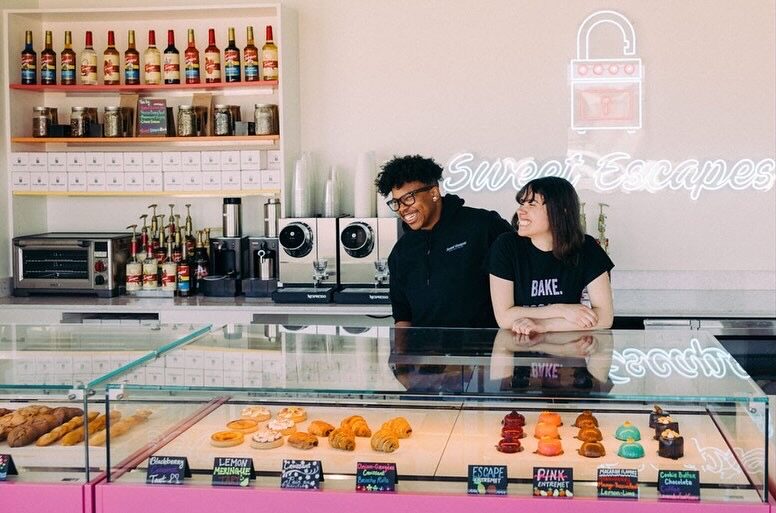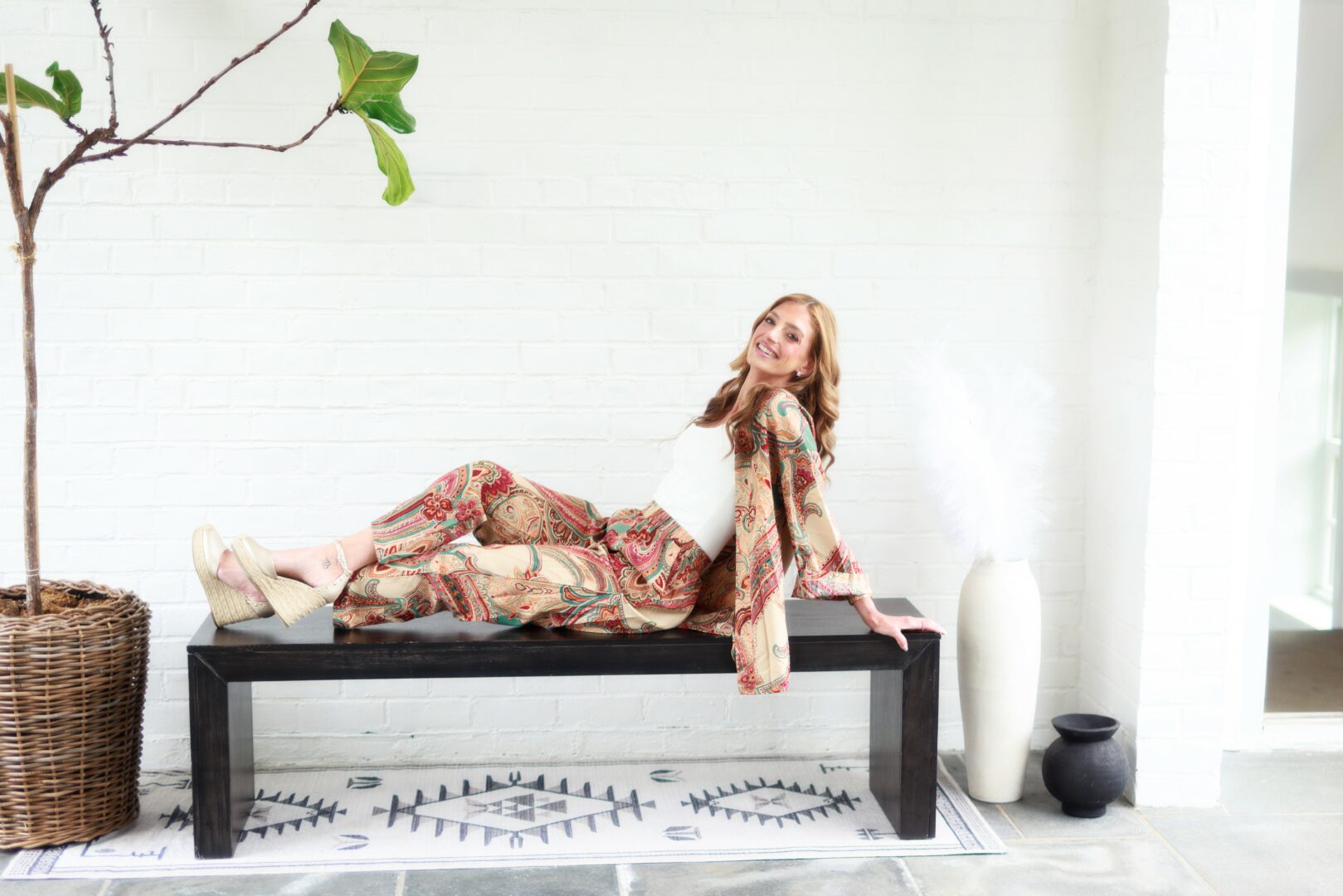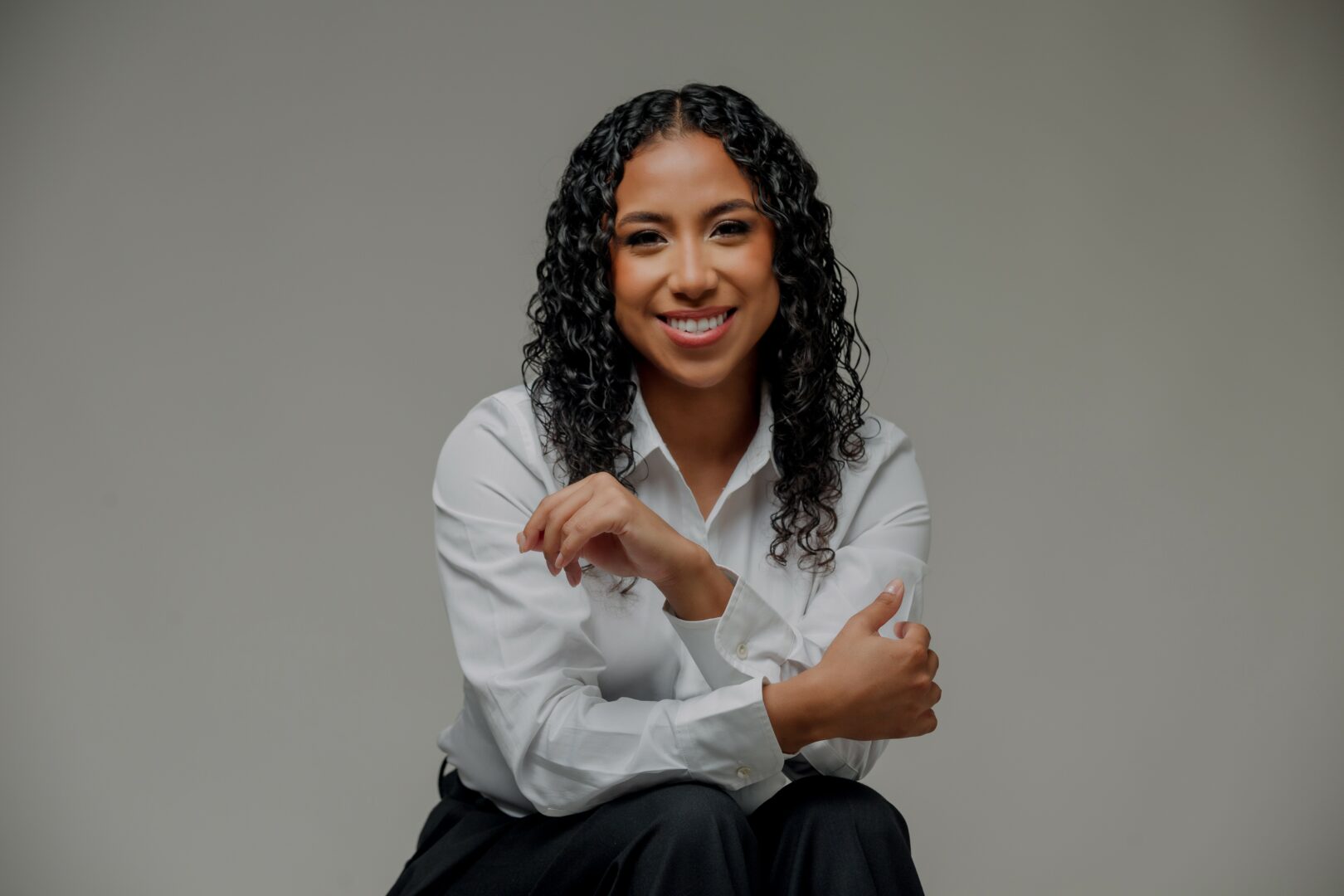We’re excited to introduce you to the always interesting and insightful David Dávila. We hope you’ll enjoy our conversation with David below.
David, appreciate you making time for us and sharing your wisdom with the community. So many of us go through similar pain points throughout our journeys and so hearing about how others overcame obstacles can be helpful. One of those struggles is keeping creativity alive despite all the stresses, challenges and problems we might be dealing with. How do you keep your creativity alive?
I keep my creativity alive by working across disciplines, applying design principles to nearly everything I do—from small daily tasks like setting the table for two, to prototyping my projects. I embrace a broad view of design, drawing on my experiences in architecture, art, and industrial design. The blend of these fields enriches my approach, since ideas from one area often inspire new ones in another. For instance, the spatial thinking from architecture influences my sculptural work, while the tactile exploration in material design feeds back into architectural finishes. Over the years, I’ve also explored material and production techniques through workshops in carpentry, stone carving, glassblowing, and oil painting, which fuel my work and help me make unexpected connections.


Great, so let’s take a few minutes and cover your story. What should folks know about you and what you do?
I am a Peruvian architect and designer based in NYC. With a Bachelor’s degree in Architecture and a Master’s in Industrial Design from Pratt Institute, I established myself as an interdisciplinary designer whose work moves fluidly across scales and materials.
My journey has been shaped by a blend of architecture, object design, and sculptural production, all of which reflect admiration for my Peruvian heritage. I draw deeply on Pre-Hispanic design principles, re-imagining them in a modern context through materials like stone, wood, and metals, and through geometrical forms that integrate with their environments. This exploration of materials and forms, inspired by ancient methods, allows me to bring a sense of cultural continuity into my work.
One of my current projects, Casa Lorena in Lima, embodies this vision. The design is inspired by the Inca temple Puruchuco, the surrounding mountain landscape, and elements of the brutalist movement. A particularly exciting aspect of the project is the discovery of large stones during excavation, which are now being integrated into the home’s aesthetic. These stones, part of the site’s history, will become important elements, blurring the line between nature and design. This integration of natural materials honors both the land’s history and the craft of construction, making the house a true reflection of its environment.


There is so much advice out there about all the different skills and qualities folks need to develop in order to succeed in today’s highly competitive environment and often it can feel overwhelming. So, if we had to break it down to just the three that matter most, which three skills or qualities would you focus on?
I would say adaptability, curiosity, and a deep respect for material itself, each playing a crucial role in shaping both my skill set and my approach to design. Adaptability has allowed me to thrive across disciplines—whether in architecture, art, or industrial design—by staying open to change and embracing new perspectives. Curiosity fuels my creative work, pushing me to explore new ideas, attend workshops, and experiment with materials. And a deep respect for natural materials has profoundly shaped my practice; mastering techniques like carpentry and stone carving has taught me patience and the value of creating well-crafted, meaningful pieces.
For those early in their journey, I recommend embracing adaptability as a core strength—it’s about finding innovative ways to express your values and ideas while staying open to new experiences. Dedicate time to learning the craft behind your work, whether through hands-on practice or exploring unfamiliar materials; this attention to detail will elevate your entire approach. Finally, foster curiosity by stepping outside your comfort zone—attend workshops, explore new fields, or take courses that seem unrelated to your focus. These experiences often lead to breakthroughs and meaningful connections that will enrich your creative path.


What’s been one of your main areas of growth this year?
Back in Peru, my network grew organically through projects and collaborations within the local design community. But since moving to New York, I’ve had to be more intentional about building connections. The city’s scale and pace demand a proactive approach, so over the past 12 months, I’ve focused on growing my network by attending events, reaching out to peers across disciplines, and engaging more deeply with the design community. This shift has expanded my perspective and opened doors to opportunities I wouldn’t have encountered otherwise.
Contact Info:
- Website: https://www.daviddavilam.com
- Instagram: @daviddavila__


so if you or someone you know deserves recognition please let us know here.




